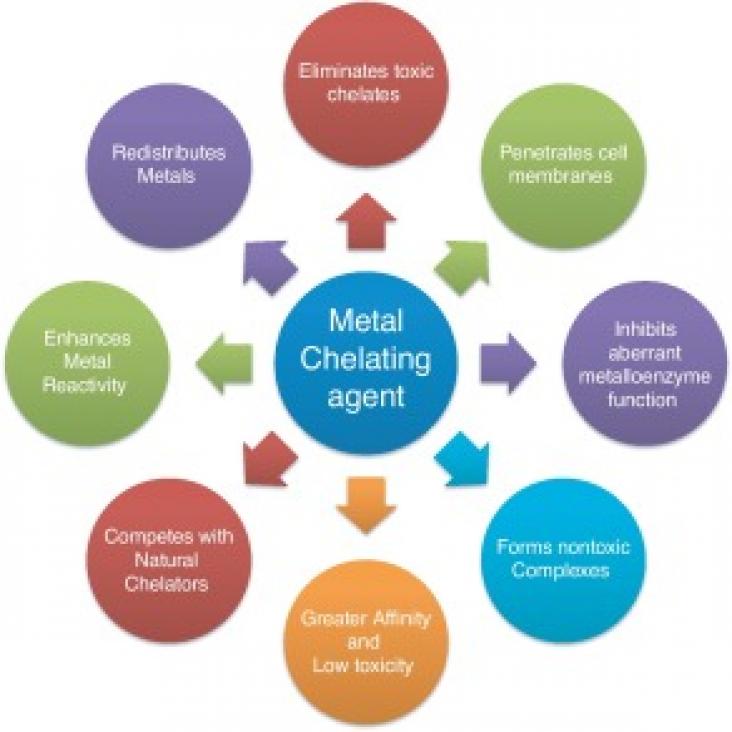An article on the pathology of Alzheimer's disease, in the context of SDG 3, focusing specifically on the potential use of an anti-cancer drug to modulate cerebrovascular angiogenesis as an alternative therapeutic strategy.
An article on the detrimental effects of COVID-19 isolation on the cognitive and mental health of people with dementia, in the context of SDGs 3 and 10, highlighting the need for guidance that balances infection control measures with principles of non-maleficence to appropriately care for this patient group.

Hypotheses for the pathogenesis of Alzheimer’s disease (AD) are described in this paper. The review is intended to be a basic and encyclopedic short insight into metals in AD and discusses the advances in chelation strategies and developments adopted in the treatment of the disease.
The chapter advances SDGs 3 and 10 by exploring the barriers that historically marginalized communities experience as a result of disproportionate policing, safety and security issues, and neighborhood othering and belonging. It concludes by making the case for why transportation planners must consider race and racism explanatory factors in travel and why race-neutral planning processes exacerbate disparities.

This Editorial highlights the relationship between climate change, fires, floods and infectious diseases.
This chapter advances goals 3 and 5 by presenting main findings of a literature review on gender in urban mobility and transport planning and highlighting important gaps in the current framings. It offers a clearer understanding of women's needs, usage and preferences for urban transport systems and how they differ from men.
Research into mental health of populations undergoing migration
The Sustainable Development Goals call for countries to reduce premature mortality from non-communicable diseases through mental health promotion, prevention, and treatment (Target 3.5) and for health services to be made universally available (Target 3.8). This paper is part of a broad, global effort to build the capacity of health systems in high-need settings to expand access to mental health services by integrating those services into primary care. In South Africa, nurses are at the heart of this integration effort, and our goal was to learn how best to support nurses to integrate mental health services into their work.
Background: Children with severe acute malnutrition (SAM) who require nutritional rehabilitation unit (NRU) treatment often have poor developmental and nutritional outcomes following discharge.
Advocating for green and sustainable conferences.
